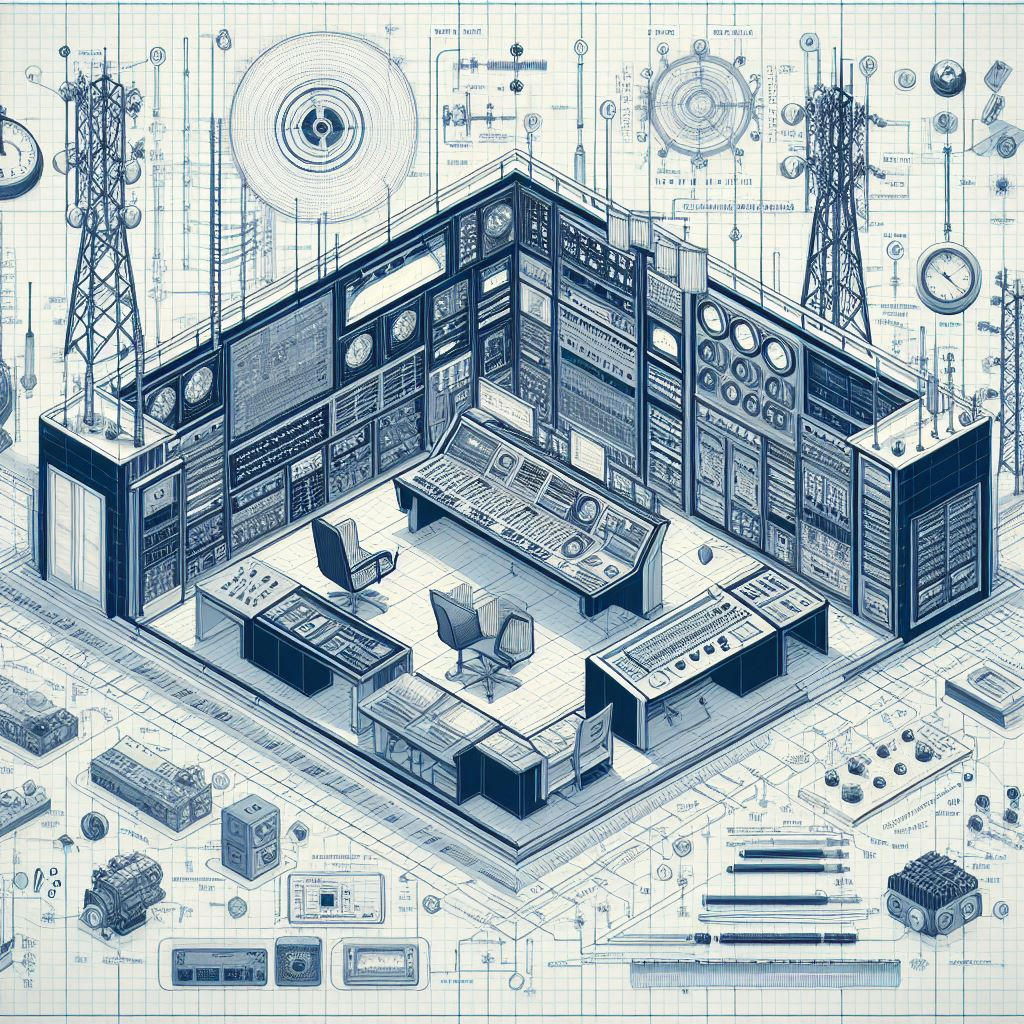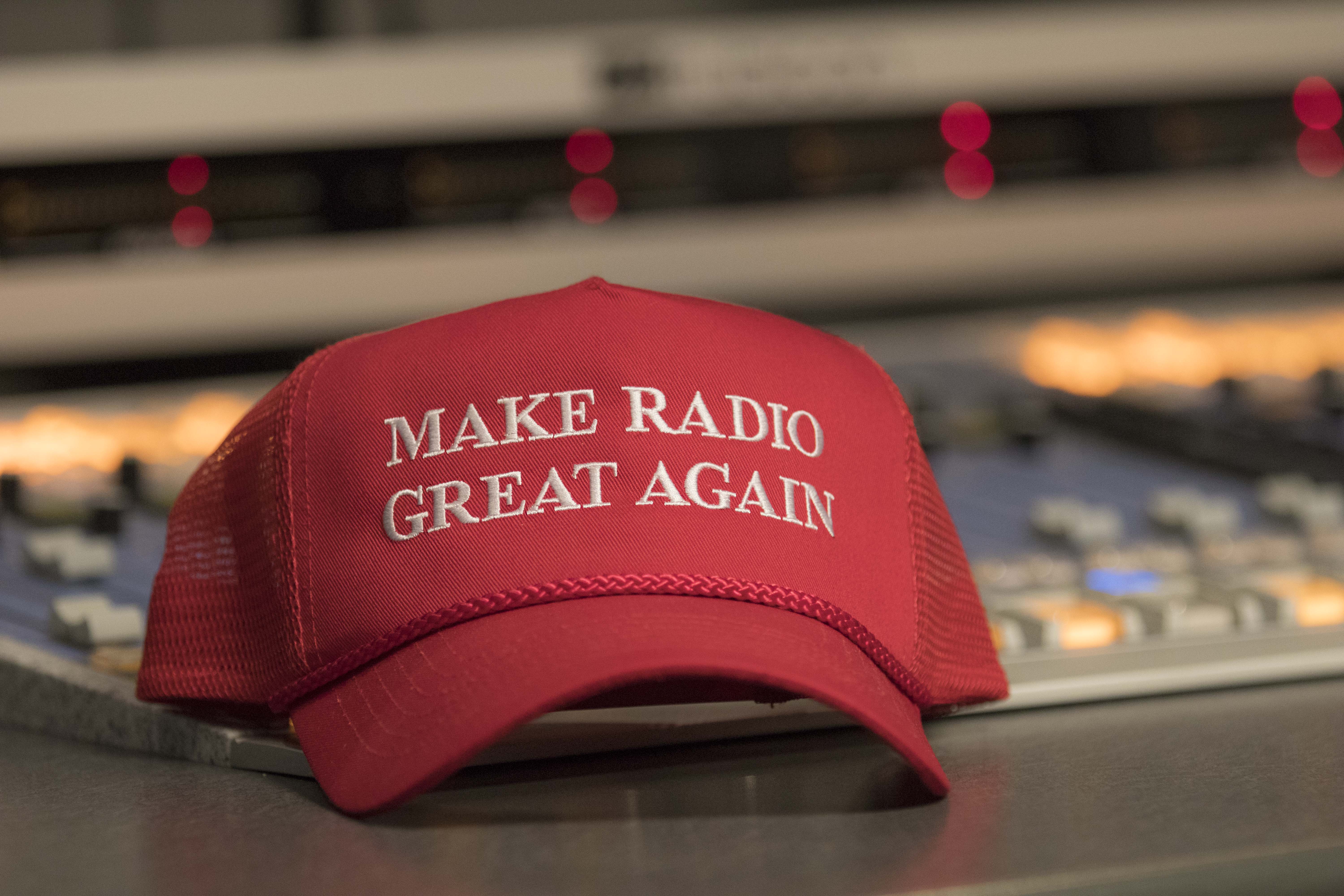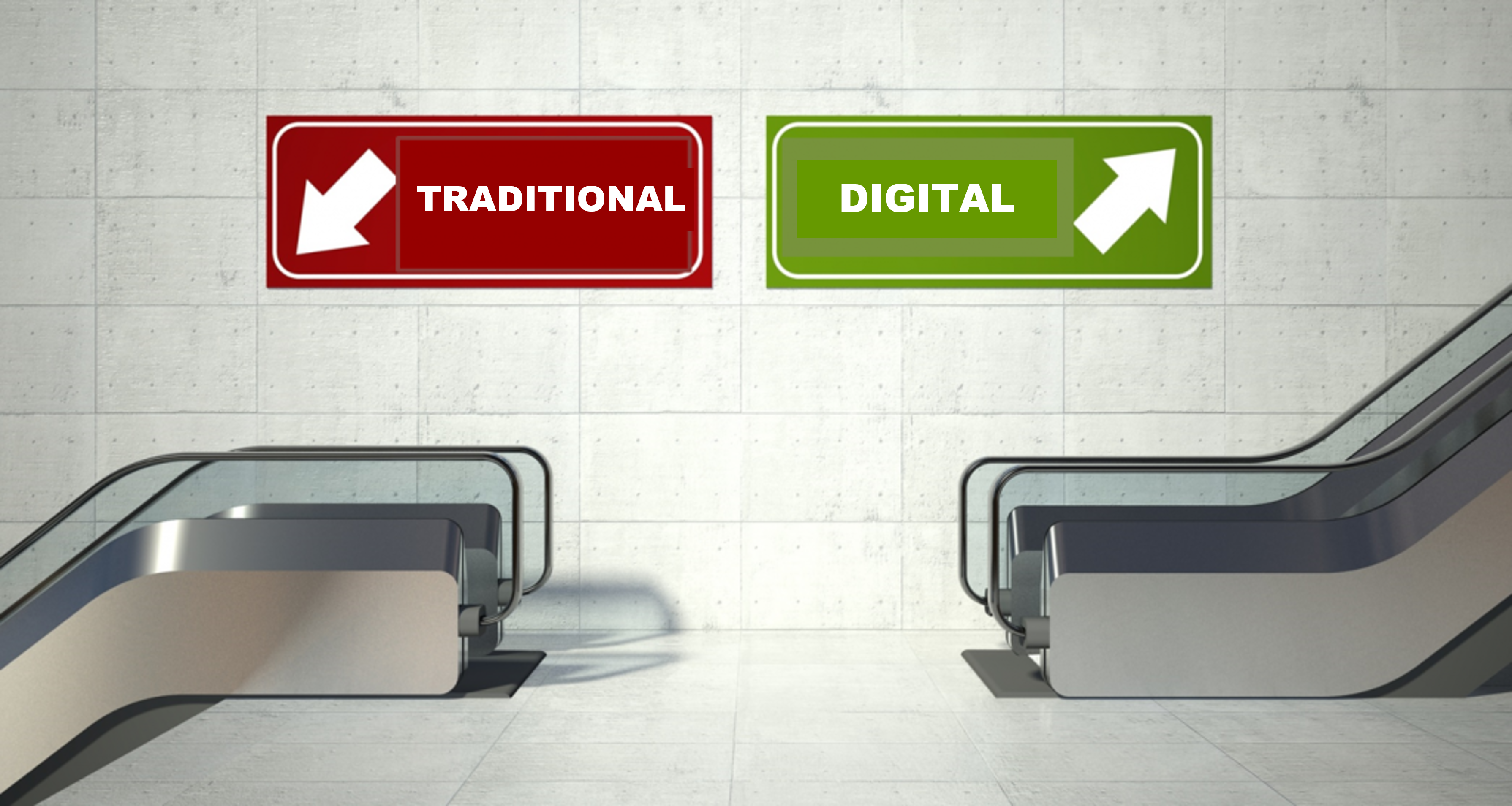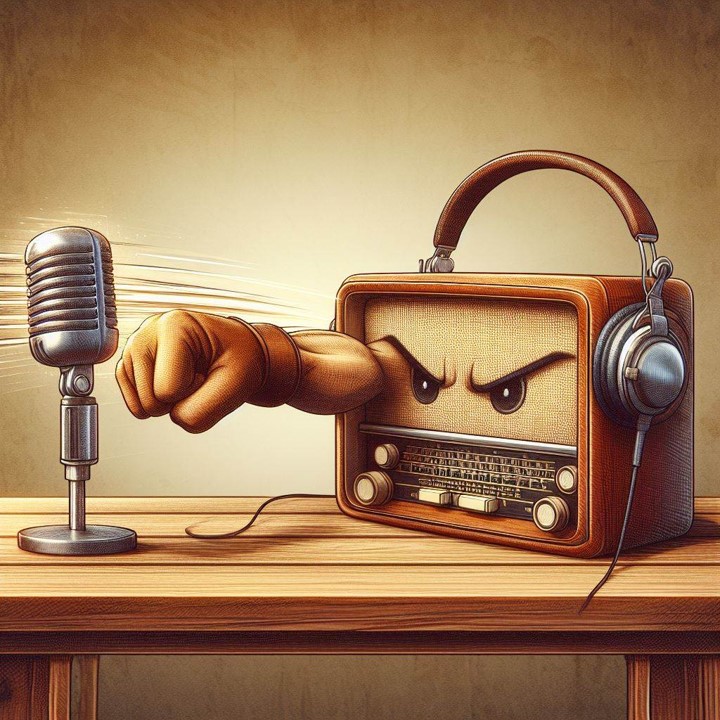
These are dicey times for “legacy media” – the ones who have been around the longest, seen and done it all, and somehow are still there after three decades or thereabouts of the Internet. Now comes AI, and even more gloom and doom predictions for newspapers, radio, and television. As I write this intro, Gordon Borrell and his mighty band of “associates” are trying to make sense of it all in Miami. It’s a tall order, and perhaps getting more daunting with each passing year.
Paul and I speak often with frustrated radio execs, as well as members of the industry’s rank-and-file, many of whom are frustrated by wasted opportunities and the sinking feeling radio continues to shoot itself in its collective foot. Others are more likely to rationalize radio’s fate, given the exponential competition and market conditions that have turned decidedly unfavorable for broadcasters.
Somehow we have to find a way to meet in the great middle. And we need to start somewhere. In that spirit, I’ve handed over the JacoBLOG keyboard to Paul for today (and tomorrow?) to pull together the fragments, data, conversations, and wisdom we experience every day in our interaction with clients, industry professionals, and people who care.
Paul and I aren’t offering this up as “THE SOLUTION.” If someone had the answers to radio’s many existential questions, it surely would have materialized by now. Instead, we have radio companies of all stripes doing their own thing, trying to at least address their problems, while the greater radio industry is adrift. So look at this missive as a starting point, a conversation piece, a way to think beyond this quarter, the NAB, and yes, that expected whirlwind of political dollars that are already flowing into so-called battleground states.
“There are no easy fixes,” as consultants love to say. And while that is most certainly true, the rally behind radio in 2023 is an indicator that when backed into a corner, many of the players in broadcast radio can put down their smartphones and work together for their common good. So good luck…to all of us. -FJ
Last week marked the beginning of the 2024 Presidential horse race between President Biden and Donald Trump. Whether you think of it as “Groundhog Day” or “Hunger Games,” it is the matchup we will have to endure for the next 7+ months. From now until Election Day, both campaigns will be working furiously to ensure a majority of Americans receive and understand their messages. They will spend a billion dollars or so on marketing, they will reposition each other, they will demonstrate competency and momentum, and frankly, make most of us wish it would end already. You may be at that point right now.
There are multitudes of lessons the radio industry can and should take from these campaigns – not just their ad spend over the next several months. Regardless of which side of the political ledger you’re on, the politician’s mission is to take a flawed product and improve its image. Like radio.
 How do political campaigns accomplish this? They start with a cold assessment of their product – the candidate, the referendum – similar to what we do with S.W.O.T meetings (Strengths/Weaknesses/Opportunities/Threats) in our strategic planning sessions. By now, you’ve all hopefully experienced a handful of these inward looks at your brand, often painful, but also constructive. They also provide a look at your team – who’s on board, who gets it, who is dragging their feet, and who just won’t buy in.
How do political campaigns accomplish this? They start with a cold assessment of their product – the candidate, the referendum – similar to what we do with S.W.O.T meetings (Strengths/Weaknesses/Opportunities/Threats) in our strategic planning sessions. By now, you’ve all hopefully experienced a handful of these inward looks at your brand, often painful, but also constructive. They also provide a look at your team – who’s on board, who gets it, who is dragging their feet, and who just won’t buy in.
Then comes the hard part – how to take the analysis, address the problems and fix them, seize the opportunities and go after them, and build on the brand’s inherent assets to build strength, sustainability, and results.
Once that process is complete (and it’s not a simple one), the next action step is to conduct audience research to pressure-test messaging to make sure it moves the maximum number of voters. Political teams then develop a strategic plan based on the key messaging needed to be communicated, to whom, and via the most effective marketing channels. Rinse and repeat. That’s right – a key is to repeat those “talking points” again and again to make sure their message sinks in.
Whether it’s “It’s the economy, stupid,” “Compassionate conservatism,” “Change,” or “Make America Great Again,” the messaging needs to have clarity, memorability, and some amount of credibility among target consumers – or it’s liable to fall flat. (Remember “I’m with her?”)
consumers – or it’s liable to fall flat. (Remember “I’m with her?”)
Once the messaging is hammered out, political operatives build their ground game – marshalling thousands of supporters in countless precincts, counties, and states to engage directly with voters via door knocking, phone banks, email, text messaging, and even “old school” street visibility at local events and gatherings.
Then comes the paid advertising, as commercials fill the airwaves and online spaces, telling us why a politician or issue is worthy – and the other side sucks. Finally, it’s the big speeches and rallies, as they try to showcase their talent to not only have presence from the biggest stage, but work rope lines, shake hands, eat pancakes and kielbasa, and kiss babies.
The remarkable thing is that at its roots, the “product” of a political campaign is in many ways the same as radio’s product to its advertiser base: moldable “air” that can be crafted through the steps listed above to sell just about anything. The most successful political campaigns – and radio stations – have created a favorable image with their target audience(s) that builds confidence, community, and loyalty among the “regular folks,” while motivating financial investment and trust in the form of donations or commercials to create a long-term winner.
Politicians who end up “one and done” are no better than that “one book wonder” radio station that skyrocket to great ratings heights, only to rapidly fall back into mediocrity once that new station smell wears off.
But this post isn’t about politics. It’s motivated by the realization the radio industry – commercial, public, and Christian – is at an inflection point. Broadcasters may not agree on much, but most feel this moment as being different. It isn’t just radio, TV, or newspapers. It’s the full spectrum of media platforms and brands – from subscription streaming services to podcasts to event marketing. It’s all up for grabs in this unsettled environment.
 Traditional paid advertising – dollars going to radio – is like a leaky balloon. Outside of political years (ironically), there isn’t much growth, as revenues shift to digital platforms. The number of advertisers who spend on radio is shrinking, as local businesses decline due to a lethal combination of big box stores, and the mainstream popularity and convenience of online shopping.
Traditional paid advertising – dollars going to radio – is like a leaky balloon. Outside of political years (ironically), there isn’t much growth, as revenues shift to digital platforms. The number of advertisers who spend on radio is shrinking, as local businesses decline due to a lethal combination of big box stores, and the mainstream popularity and convenience of online shopping.
If you work in public or Christian radio, membership dollars are generally declining, or clearly have become more difficult to come by. The trusty, traditional model that has served these two radio sectors so well for decades are colliding into an aging audience, as well as considerably more charities and causes aggressively competing for donor dollars. Meantime, stations are trying to grow new listeners who typically aren’t as apt to become long-term, sustaining members, choosing instead to donate in other ways to a variety of local charities they perceive to be more worthy causes.
At the same time, programmatic dollars are growing, diminishing the value of the unique qualities that make great stations iconic. Instead, this practice turns radio stations into dry numbers on a ranker, while programmers focus their efforts on growing their .3 to a .4. The radio audience continues to fragment, as consumers not only have more options than ever from competitors like Spotify, but also are consuming radio on multiple devices like mobile apps and Alexa.
As someone who has spent thousands of hours in my career working with sales teams, meeting with advertisers, conducting audience and market research, reading articles from smart people, and consuming whatever research is out there, I’m concerned. It seems that everyone who works in the industry acknowledges radio is in decline, but may not feel like they’re in a position to do anything about it. Or broadcast organizations or clusters might be doing something they think is right, but there is no way to scale the message or concept out, through their companies or industry wide. All may be well-intentioned efforts but because there’s no consistency, the message doesn’t stick, much less spread. They may, in fact, be nice sales pitches for the companies who produce them but do little to elevate the entire industry and address the biggest issue – the perception that radio’s best days are in the past, celebrated at reunions but no longer relevant to today’s media conversation.
whatever research is out there, I’m concerned. It seems that everyone who works in the industry acknowledges radio is in decline, but may not feel like they’re in a position to do anything about it. Or broadcast organizations or clusters might be doing something they think is right, but there is no way to scale the message or concept out, through their companies or industry wide. All may be well-intentioned efforts but because there’s no consistency, the message doesn’t stick, much less spread. They may, in fact, be nice sales pitches for the companies who produce them but do little to elevate the entire industry and address the biggest issue – the perception that radio’s best days are in the past, celebrated at reunions but no longer relevant to today’s media conversation.
There’s also a malaise in the industry, as many employees are confused and concerned. Most still enjoy working in radio (it’s a lot more interesting than working for an insurance agency), but their passion may be muted by the consistent drumbeat of bankruptcies, RIFs, and other gloom and doom stories. When they are talking to advertisers, or even friends who don’t work in radio, they constantly are asked about listening decline, endure the “My kids don’t listen to radio,” field complaints about incessant commercials, and other topics that only serve to denigrate the industry.
Combine this with a lack of a cogent industry strategy that could initiate an effective push back, and you can see why it has become increasingly more challenging to attract young people to work in radio, why good employees leave, and early retirements prevail. Why work in an industry that’s on the “down” escalator?
 So while this long introduction might be bumming you out, that’s not my intent. My motivation is that it’s long-past time for the radio industry to get off its butt and invest in its survival while putting itself in position to thrive for the long run. Think of a presidential candidate with a low approval rating – they have a choice. They can take the slings and arrows and accept it, or they can fight back. The former is usually a formula for suffering defeat. Fighting back is the only viable strategy.
So while this long introduction might be bumming you out, that’s not my intent. My motivation is that it’s long-past time for the radio industry to get off its butt and invest in its survival while putting itself in position to thrive for the long run. Think of a presidential candidate with a low approval rating – they have a choice. They can take the slings and arrows and accept it, or they can fight back. The former is usually a formula for suffering defeat. Fighting back is the only viable strategy.
It’s time for radio to fight back.
The radio industry needs to adopt a playbook, perhaps one similar to the one I outlined above used by most successful political candidates – and brands. Regardless of whether you’re employed by a publicly traded company or a mom and pop, live in a big metropolis or in a rural area, or work in commercial, public, or Christian radio, it’s time to lay down our competitive swords, combine forces where we can, develop a strategy, invest in it, and then execute on it. No one company – no matter how large or ubiquitous – can do this on their own. In other words, just like politicians, we need to take control of our message and change the image and value of our product.
Radio needs a blueprint for its turnaround, and it requires a broad buy-in. And understand, it’s taken decades to get here, and we aren’t going to turn it around in Q3. It’s going to require a smart, strategic, and long-term collaborative approach.
So, here’s what the blueprint might look like:
1. Radio needs to look in the mirror. And not the rearview one. I mentioned the need for a S.W.O.T. analysis earlier. The industry needs to honestly assess its value, its shortcomings, and its headroom for growth. Too often, the medium is discussed like it’s the ’80s, and the only competition for miles is TV, newspapers, magazines, billboards, the Yellow Pages. The industry needs a cold hard analysis – a physical – if it is to start moving forward again.
growth. Too often, the medium is discussed like it’s the ’80s, and the only competition for miles is TV, newspapers, magazines, billboards, the Yellow Pages. The industry needs a cold hard analysis – a physical – if it is to start moving forward again.
2. Radio needs to go to school on consumers. Earlier, I mentioned the need for real audience research – not just among current listeners or music testing. To truly understand the opportunities and limitations in its path, radio needs an investment in data. In Public Radio recently, three organizations (SRG, Greater Public, and PMCC) combined forces to conduct a Meta-Analysis of the current state of the system, and then developed a Playbook for the necessary steps to be taken in order to bring growth back to public radio. All told, 26 research studies were “donated” for the report, an attempt to common-thread research findings and trends across the spectrum. Could commercial radio stations put down their rate cards and check their egos long enough to pull off something similar?
3. Radio is in dire need of a strategic plan. “Ratings and revenue” is not a plan, it’s a goal. And we’re long past the point where basic goal-setting is helpful. This is where a truly wise and subjective group of media brains needs to put the aforementioned research to work. It’s time for individual company agendas to take a back seat to the acceptance a rising tide lifts all broadcasters, and the challenges radio faces cannot be addressed by the efforts of one company or on a one-off basis.
4. AFDI (as Lee Abrams is fond of saying). A Nike approach to radio where caution is thrown into the ether. It’s time to put up, stand up, act like you mean it, and get it done. None of this is easy nor does it come without a cost. But the red stuff is already flowing whether in the form of losses or staff cuts. Business as usual is producing results as usual. That doesn’t work in my company and I’m betting it won’t work in yours either.
without a cost. But the red stuff is already flowing whether in the form of losses or staff cuts. Business as usual is producing results as usual. That doesn’t work in my company and I’m betting it won’t work in yours either.
If you’ve gotten this far, join me here again tomorrow and I’ll lay out action steps for this plan. Thanks for hanging with me.
- For Radio, Will It Be Christmas In April (And Hopefully, May)? - April 21, 2025
- The Revolution Will Not Be Monetized - December 30, 2024
- What Kind Of Team Do You Want To Be? - October 4, 2024




Looking forward to day 2.
The coffee really kicked in for day 2 . . . . . Hope you enjoy it.
Evaluate the Flint market. Why does a small stand alone out perform all its big competitors in nearly every metric? It’s not by accident. The answers may be insightful.
There are great examples of individual stations having success, and they need to be championed and highlighted. But overall that’s not enough. Radio needs its own Marshal Plan – a coming together of the entire industry in a smart, coordinated campaign.
Let’s keep the juices flowing, and our minds open. Hopefully some good thinking will ermerge.
It’s nice to hear from you, Duane. Hope you are well.
Pardon my ignorance. What’s AFDI mean?
“Absolutely Freaking Do It” (or some version of that)
I may be showing my industry when I tell you that I had to google “AFDI urban dictionary.” LOL!
Shhhhh!
In mixed company, I use the word “freakin'”
🙂
Or “Absolutely FINALLY do it,” given the topic at hand. 🙂